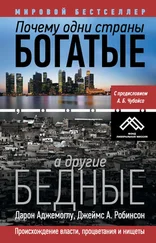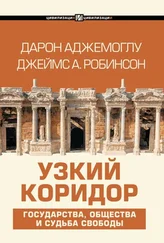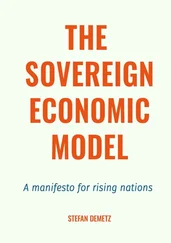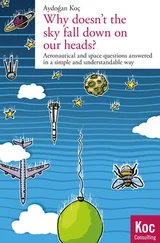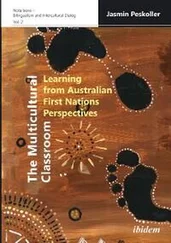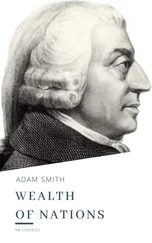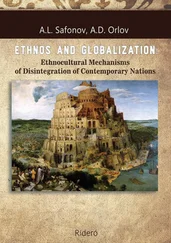Except that the dual economy was not natural or inevitable. It had been created by European colonialism. Yes, the Homelands were poor and technologically backward, and the people were uneducated. But all this was an outcome of government policy, which had forcibly stamped out African economic growth and created the reservoir of cheap, uneducated African labor to be employed in European-controlled mines and lands. After 1913 vast numbers of Africans were evicted from their lands, which were taken over by whites, and crowded into the Homelands, which were too small for them to earn an independent living from. As intended, therefore, they would be forced to look for a living in the white economy, supplying their labor cheaply. As their economic incentives collapsed, the advances that had taken place in the preceding fifty years were all reversed. People gave up their plows and reverted to farming with hoes—that is, if they farmed at all. More often they were just available as cheap labor, which the Homelands had been structured to ensure.
It was not only the economic incentives that were destroyed. The political changes that had started to take place also went into reverse. The power of chiefs and traditional rulers, which had previously been in decline, was strengthened, because part of the project of creating a cheap labor force was to remove private property in land. So the chiefs’ control over land was reaffirmed. These measures reached their apogee in 1951, when the government passed the Bantu Authorities Act. As early as 1940, G. Findlay put his finger right on the issue:
Tribal tenure is a guarantee that the land will never properly be worked and will never really belong to the natives. Cheap labour must have a cheap breeding place, and so it is furnished to the Africans at their own expense.
The dispossession of the African farmers led to their mass impoverishment. It created not only the institutional foundations of a backward economy, but the poor people to stock it.
The available evidence demonstrates the reversal in living standards in the Homelands after the Natives Land Act of 1913. The Transkei and the Ciskei went into a prolonged economic decline. The employment records from the gold mining companies collected by the historian Francis Wilson show that this decline was widespread in the South African economy as a whole. Following the Natives Land Act and other legislation, miners’ wages fell by 30 percent between 1911 and 1921. In 1961, despite relatively steady growth in the South African economy, these wages were still 12 percent lower than they had been in 1911. No wonder that over this period South Africa became the most unequal country in the world.
But even in these circumstances, couldn’t black Africans have made their way in the European, modern economy, started a business, or have become educated and begun a career? The government made sure these things could not happen. No African was allowed to own property or start a business in the European part of the economy—the 87 percent of the land. The Apartheid regime also realized that educated Africans competed with whites rather than supplying cheap labor to the mines and to white-owned agriculture. As early as 1904 a system of job reservation for Europeans was introduced in the mining economy. No African was allowed to be an amalgamator, an assayer, a banksman, a blacksmith, a boiler maker, a brass finisher, a brassmolder, a bricklayer … and the list went on and on, all the way to woodworking machinist. At a stroke, Africans were banned from occupying any skilled job in the mining sector. This was the first incarnation of the famous “colour bar,” one of the several racist inventions of South Africa’s regime. The colour bar was extended to the entire economy in 1926, and lasted until the 1980s. It is not surprising that black Africans were uneducated; the South African state not only removed the possibility of Africans benefiting economically from an education but also refused to invest in black schools and discouraged black education. This policy reached its peak in the 1950s, when, under the leadership of Hendrik Verwoerd, one of the architects of the Apartheid regime that would last until 1994, the government passed the Bantu Education Act. The philosophy behind this act was bluntly spelled out by Verwoerd himself in a speech in 1954:
The Bantu must be guided to serve his own community in all respects. There is no place for him in the European community above the level of certain forms of labour … For that reason it is to no avail to him to receive a training which has as its aim absorption in the European community while he cannot and will not be absorbed there.
Naturally, the type of dual economy articulated in Verwoerd’s speech is rather different from Lewis’s dual economy theory. In South Africa the dual economy was not an inevitable outcome of the process of development. It was created by the state. In South Africa there was to be no seamless movement of poor people from the backward to the modern sector as the economy developed. On the contrary, the success of the modern sector relied on the existence of the backward sector, which enabled white employers to make huge profits by paying very low wages to black unskilled workers. In South Africa there would not be a process of the unskilled workers from the traditional sector gradually becoming educated and skilled, as Lewis’s approach envisaged. In fact, the black workers were purposefully kept unskilled and were barred from high-skill occupations so that skilled white workers would not face competition and could enjoy high wages. In South Africa black Africans were indeed “trapped” in the traditional economy, in the Homelands. But this was not the problem of development that growth would make good. The Homelands were what enabled the development of the white economy.
It should also be no surprise that the type of economic development that white South Africa was achieving was ultimately limited, being based on extractive institutions the whites had built to exploit the blacks. South African whites had property rights, they invested in education, and they were able to extract gold and diamonds and sell them profitably in the world market. But over 80 percent of the South African population was marginalized and excluded from the great majority of desirable economic activities. Blacks could not use their talents; they could not become skilled workers, businessmen, entrepreneurs, engineers, or scientists. Economic institutions were extractive; whites became rich by extracting from blacks. Indeed, white South Africans shared the living standards of people of Western European countries, while black South Africans were scarcely richer than those in the rest of sub-Saharan Africa. This economic growth without creative destruction, from which only the whites benefited, continued as long as revenues from gold and diamonds increased. By the 1970s, however, the economy had stopped growing.
And it will again be no surprise that this set of extractive economic institutions was built on foundations laid by a set of highly extractive political institutions. Before its overthrow in 1994, the South African political system vested all power in whites, who were the only ones allowed to vote and run for office. Whites dominated the police force, the military, and all political institutions. These institutions were structured under the military domination of white settlers. At the time of the foundation of the Union of South Africa in 1910, the Afrikaner polities of the Orange Free State and the Transvaal had explicit racial franchises, barring blacks completely from political participation. Natal and the Cape Colony allowed blacks to vote if they had sufficient property, which typically they did not. The status quo of Natal and the Cape Colony was kept in 1910, but by the 1930s, blacks had been explicitly disenfranchised everywhere in South Africa.
Читать дальше

